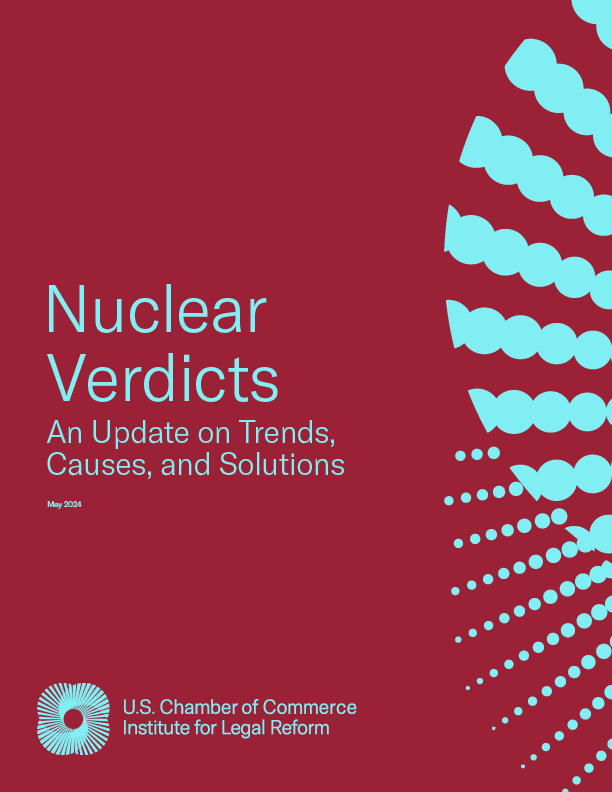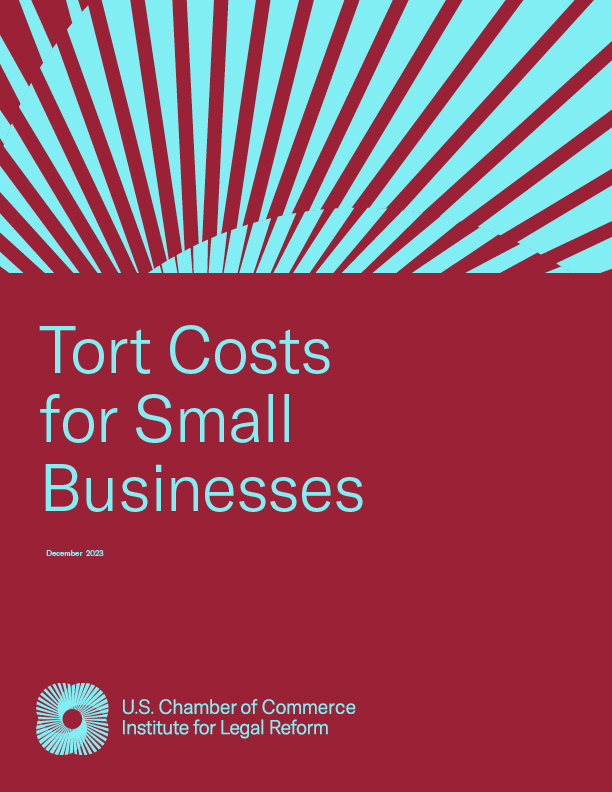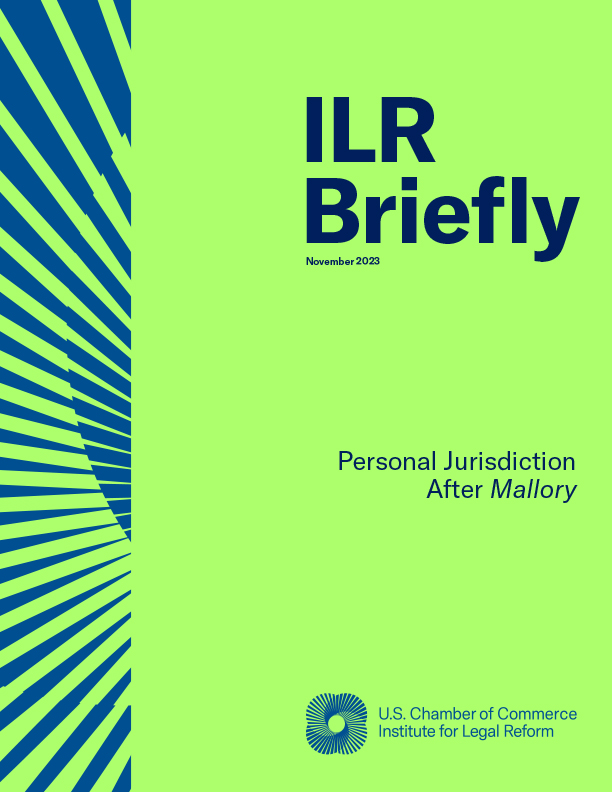The primary challenge with emerging technologies is to develop a liability and regulatory framework that simultaneously promotes innovation, economic growth, safety, and privacy. Each of the areas profiled in this report—from robotics to 3D printing—promises to bring significant benefits to the public. Excessive liability or heavy-handed regulation, however, can derail or significantly delay new products and services.
The second edition of ILR’s Torts of the Future research examines evolutions in the regulatory and litigation landscapes and future liability trends associated with four primary emerging technology groups:
-
robotics and artificial intelligence;
-
virtual and augmented reality;
-
wearable devices; and
-
3D printing.
In each area, the report considers questions such as: What types of claims are businesses in these markets likely to face? Are courts likely to alter these principles and expand liability? And do traditional liability principles adequately address risks stemming from the new technology?
The paper concludes with a set of guiding principles of liability and regulation to guide courts, legislators, and policymakers as they grapple with the challenges presented by emerging technologies. Among other things, these principles contend that:
-
traditional principles of liability adequately address most claims that arise from emerging technologies;
-
courts should apply constitutional principles of standing to preclude lawsuits seeking recovery for speculative fear of future harm;
-
state and local governments should avoid imposing regulations on an emerging technology when federal agencies have acted on or are actively considering the issue; and
-
when regulation is warranted, it should be developed in collaboration with stakeholders who fully understand the emerging technology.



